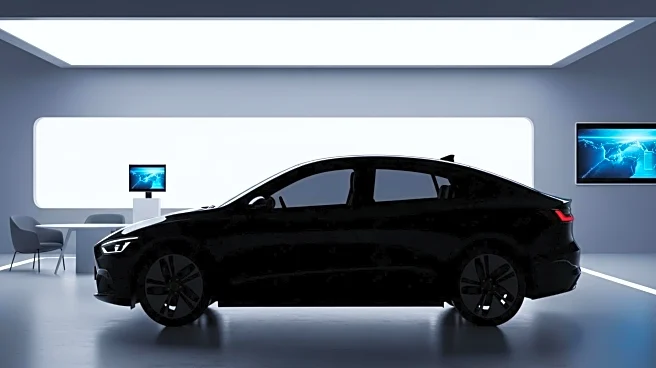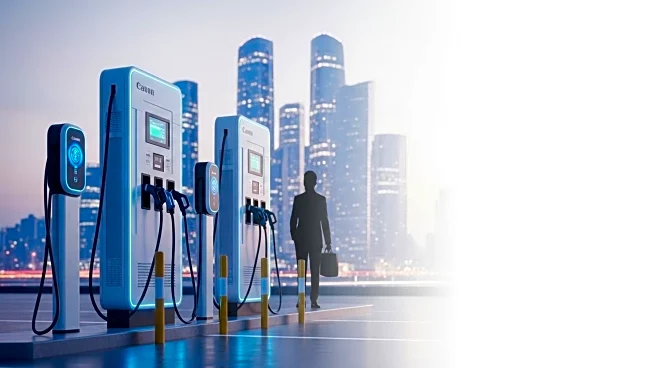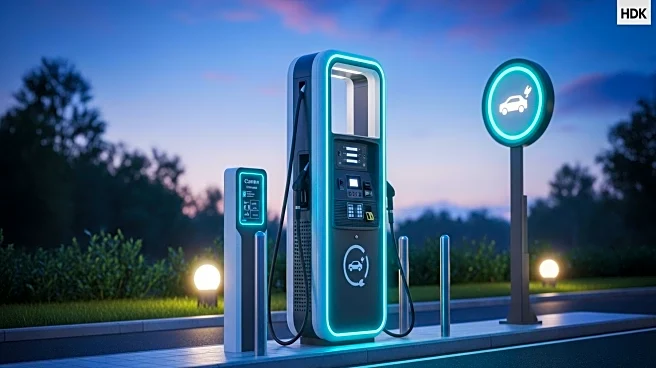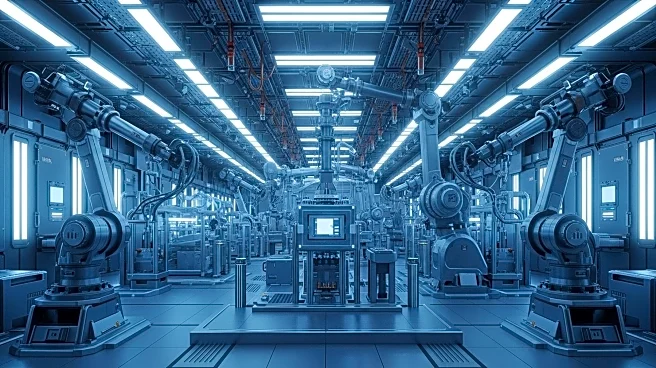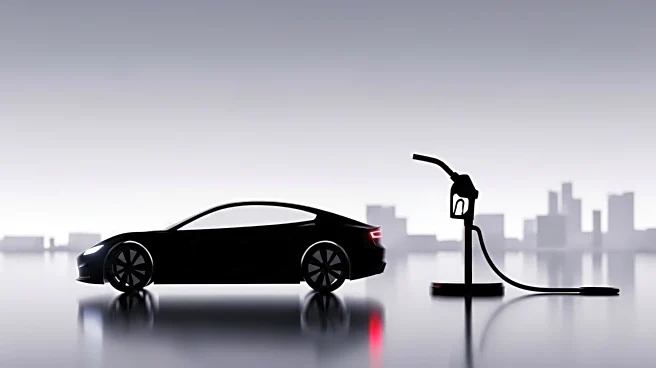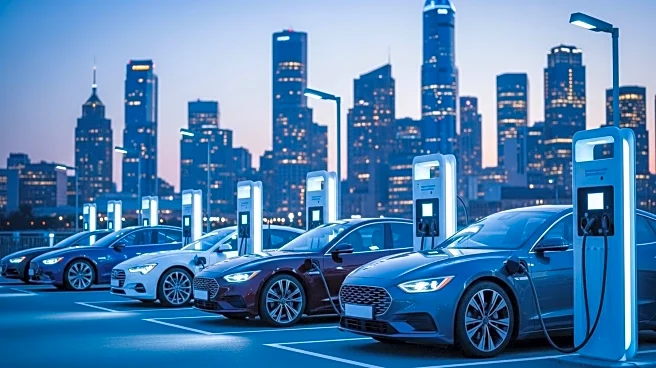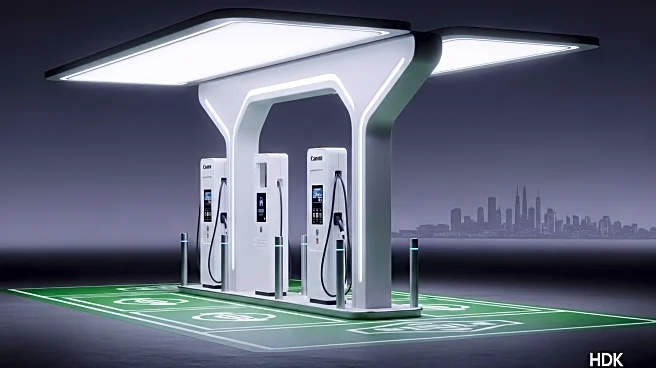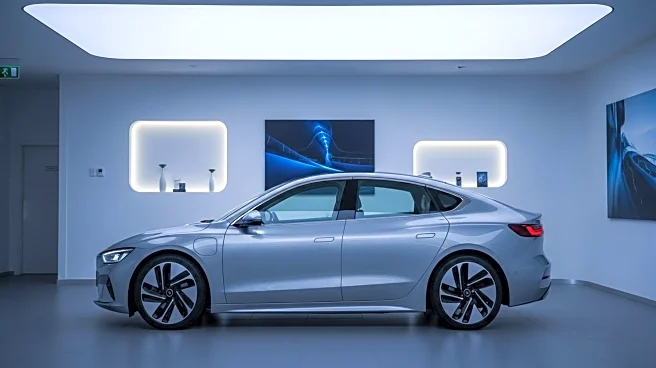What's Happening?
The expiration of a $7,500 federal tax credit for electric vehicles (EVs) in the United States has led to uncertainty in the EV market. Analysts are cautious about the future of all-electric personal transportation, with projections for EV sales growth being revised downward. BloombergNEF now forecasts that EVs will account for 27% of sales by 2030, a significant drop from the previous estimate of 47.5%. Automakers like Ford and General Motors are introducing price cuts and incentives to maintain consumer interest. Despite these efforts, the average transaction price for new EVs remains high compared to traditional vehicles, posing a challenge for widespread adoption.
Why It's Important?
The shift away from federal tax incentives for EVs could slow the transition to electric mobility in the U.S., impacting the automotive industry's efforts to reduce carbon emissions. The high cost of EVs compared to gasoline-powered vehicles may deter consumers, potentially stalling progress towards environmental goals. However, the continued investment in EV infrastructure, such as charging stations, suggests a commitment to supporting EV adoption. The outcome of this transition period will have significant implications for automakers, consumers, and environmental policy, as the industry navigates the balance between market forces and sustainability objectives.
What's Next?
Automakers are expected to continue exploring strategies to make EVs more affordable and appealing to consumers. This may include further price reductions, enhanced marketing efforts, and the development of new models with improved features. The expansion of charging infrastructure will be crucial in supporting EV adoption, with federal and state initiatives playing a key role. The market will be closely watched to assess consumer response and the effectiveness of industry strategies in maintaining momentum towards electric mobility.
Beyond the Headlines
The expiration of the tax credit highlights the broader challenge of transitioning to sustainable transportation in the face of fluctuating policy support. The automotive industry must innovate to overcome cost barriers and consumer skepticism. Additionally, the role of government policy in shaping market dynamics will be scrutinized, as stakeholders evaluate the impact of regulatory changes on the pace of EV adoption.


